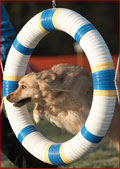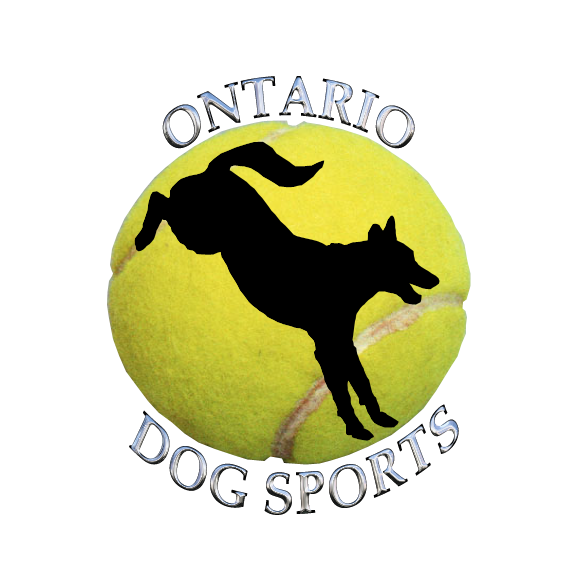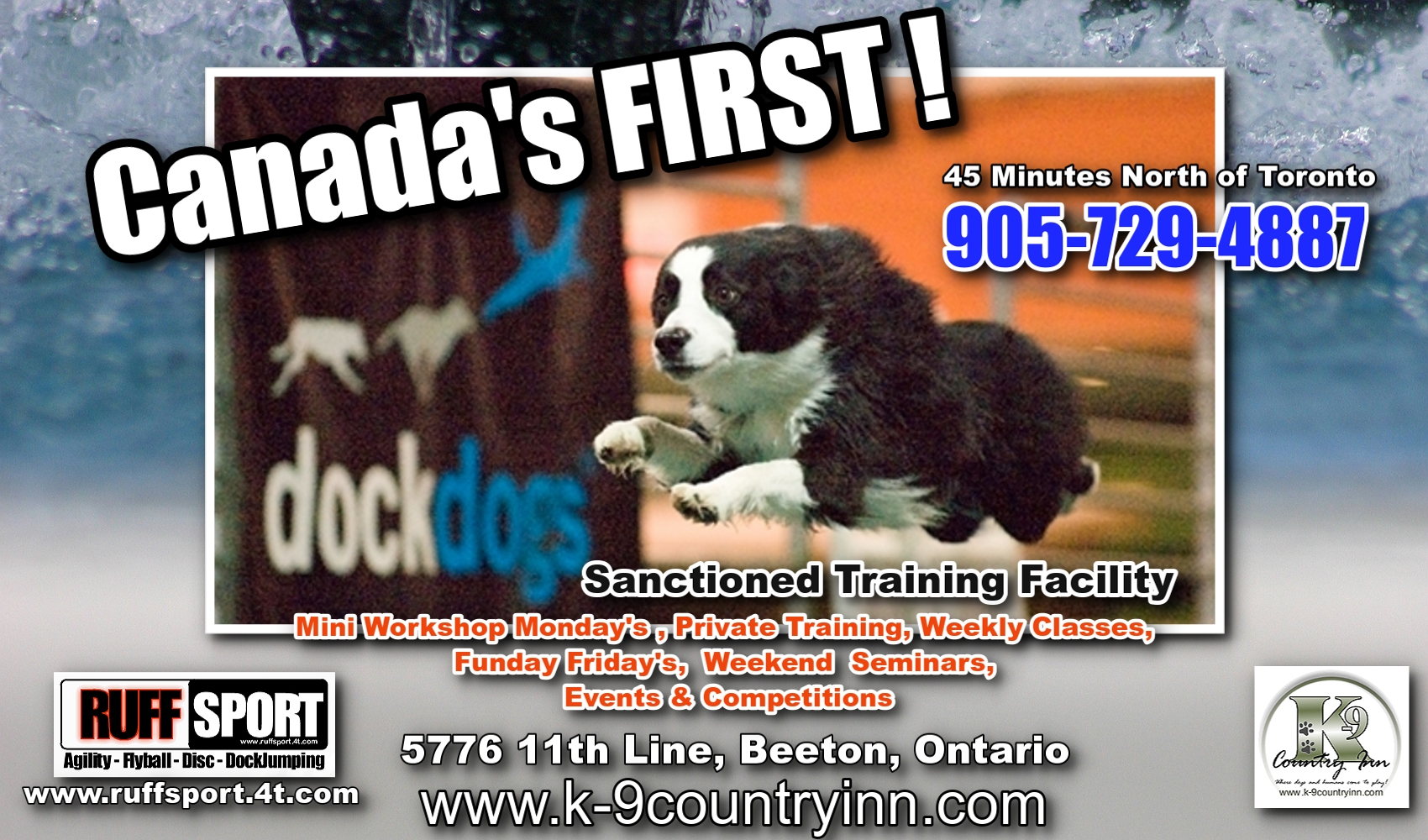Common Handler Errors Made When Tracking
Common Handler Errors
by Craig Green
From: Basset.net
There are several common errors I see handlers make at tracking tests repeatedly. Hopefully by being aware of these, you can avoid them in the future.
Pulling the Dog off the Track
This is by far the most common handling error I have seen, and I have confirmed this with other judges. It almost always begins with the handler thinking he/she knows where the track goes, contrary to what the dog is indicating. At tracking tests, the handler is almost always wrong.
I have asked many handlers why they did not go with their dog when he was correct. The answers range from, "I didn't know he was indicating the track" to "he didn't pull hard enough." Almost all the reasons I hear seem to stem from a lack of observation and knowledge about the dog and test conditions.
When training your dog, hopefully you have trained on enough tracks where you know where the track goes so that you know what your dog looks like when he has lost the scent. Unless you have a liar (some hounds are notorious for this), your dog will probably give you a turn of the head, a sideways back and forth motion of the body or other obvious indication when he has lost the track. This is your clue to stop, let out some lead and let the dog work. If you think the dog has overshot the turn, then take a few steps backward. Then, when the dog has indicated the track again, you continue on.
Once you have learned how your dog indicates a turn, then you need to practice blind tracks (where you don't know where it is), to make sure you are not guiding. Working too many known tracks tends to develop sloppy handling skills, especially subtle hints to the dog as to which way you want him to go. This does not help a dog's confidence, since he becomes dependent on you to help him through the track.
Another reason people don't go with their dogs is that they are used to the dog pulling a certain way in training, and he doesn't pull that same way at a test. Just realize that no two days, fields, tracklayers or other conditions are the same, and most dogs don't track the same way all the time. Allow for some variation. Also, realize that a tracking test is likely different than your training conditions. On the day before the test, three or four people walked through the field where your track is, plotting landmarks and setting out stakes, and walking off the track. On the day of the test, a tracklayer walks the track, pulling all but the starting stakes. This sometimes confuses dogs who are used to tracking only a fresh scent.
Incorrect Tension on Lead
Many handlers let the lead dangle on the ground in between them and the dog, which does several things, all bad: 1) it makes it easier for the lead to get tangled, 2) it eliminates direct constant communication with the dog, and 3) it often results in a jerky motion, which the dog might think is a correction. The best way to handle a lead is with a slight amount of tension at all times, but tailored to the particular dog's tracking style. For example, if your dog is strong puller almost all the time, then you may want to have a fair amount of tension on the lead. However, more common to bassets, too much tension will frustrate them and they will quit tracking.
Not Knowing the Rules
I am constantly amazed at the things handlers do in the field simply because they don't know the rules. I recently had a dog fail in the middle of the track, and the tracklayer went with the handler for the remainder of the track. I found out later that the handler had food on him, as he gave it to the dog at the end of the track. Now most people know enough not to do this, but most people don't know that if your dog finds the glove and apparently passes a tracking test, if someone runs into the field and gives your dog food as a reward, he flunks. NO FOOD IN THE FIELD!
Another rule sometimes broken is disciplining the dog in the field. This is not abuse; just discipline. Of course, this usually occurs after the dog has failed, but it is not permitted to discipline your dog in the field. If the dog hasn't failed already, this is grounds for excusing the dog and handler.
I have previously covered guiding at a test, which is prohibited. Suffice it to say here that the handler may not do anything to assist the dog in determining the direction of the track.
Sometimes handlers follow closer than the required 20 feet behind the dog when he is tracking, but not often. You probably know that the rules now require a visible marker to be on the lead at the 20 foot mark. If your dog gets tangled in his lead, you may drop the lead, walk up to the dog and untangle him. Then, it is a good idea to take a few steps backward, and wait until the dog has proceeded at least 20 feet before following.
Not Clarifying Judges' Interpretation
Some handlers seem to think there is a rule against talking to the judges on the track. THERE ISN'T. If you are not sure about something, especially as it relates to a particular judge's interpretation of a rule, then turn around and ask. This is especially useful if you are uncertain about guiding or otherwise helping the dog. In TDX, you might want to clarify from the judges just how far you can help your dog over an obstacle, if there is a question as to whether your action might be considered guiding. Most of this is just common sense and some knowledge of the rules.
Conclusion
There are several common errors I see handlers make over and over again. The most common by far is not going with the dog when he is correct. Perhaps there is no way to be sure that you will never do this. But at least with a little training effort and knowledge of the rules, you can make sure that it is the dog that flunks and not you. HAPPY TRACKING!

 Tracking
Tracking 





Reader Comments